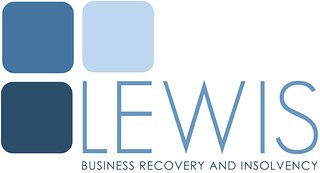Bankruptcy is the administration of the affairs of an insolvent individual by a trustee in the interests of his creditors. When a person becomes bankrupt, the control of all his assets, with certain exceptions, passes to the trustee whose job is to sell them and distribute the proceeds to the creditors.
Bankruptcy proceedings start with the making of a bankruptcy order by the court. Immediately on the making of the order an official called the official receiver takes over control of the bankrupt’s estate pending the appointment of a trustee. The official receiver is an officer of the court and a member of the Insolvency Service, an executive agency within the Department of Trade and Industry (DTI). Where there are significant assets, an insolvency practitioner will usually be appointed to act as trustee, either by a meeting of creditors or by the Secretary of State for Trade and Industry. Where no insolvency practitioner is appointed, or where there is a vacancy in the office of trustee, the official receiver acts as trustee.
An application for a bankruptcy order may be made by any creditor owed more than £5,000, or by the individual. Subject to certain exemptions, once the order is made, control of the bankrupt’s assets passes to the official receiver and then to the trustee. The bankrupt loses any rights to his property apart from any equipment needed by him for use in his business, and basic domestic equipment such as clothes, bedding and furniture, and certain pension rights.
If the bankrupt has surplus income above his needs and those of his dependants, he may be required to make contributions to his creditors for up to three years. The trustee may also claim any property acquired by the bankrupt for as long as the bankrupt remains undischarged from his bankruptcy, such as assets left to him in a will. Such acquisitions will be realised to the benefit of creditors.
During the bankruptcy the bankrupt is subject to certain restrictions. For example he must not obtain credit of more than £500 from anyone without telling that person that he is an undischarged bankrupt, he must not carry on business under a name different from that under which he was declared bankrupt without disclosing the fact that he is an undischarged bankrupt, and he may not act as a company director without the court’s consent. His credit rating will also be affected.
The bankrupt will usually be discharged from bankruptcy automatically after one year, or sooner if the official receiver decides to close his file early. Once discharged, the bankrupt is released from his bankruptcy debts, with some exceptions such as court fines and matrimonial debts. After he has been discharged, the bankrupt does not have any right to take back from the trustee any property that was part of his estate in the bankruptcy, and the trustee will remain in office for as long as is necessary to sell the property and distribute the proceeds to the creditors.
Advice from a licensed insolvency practitioner will help anyone considering bankruptcy to decide if it is right for them. For further information please see the government insolvency service web site.
